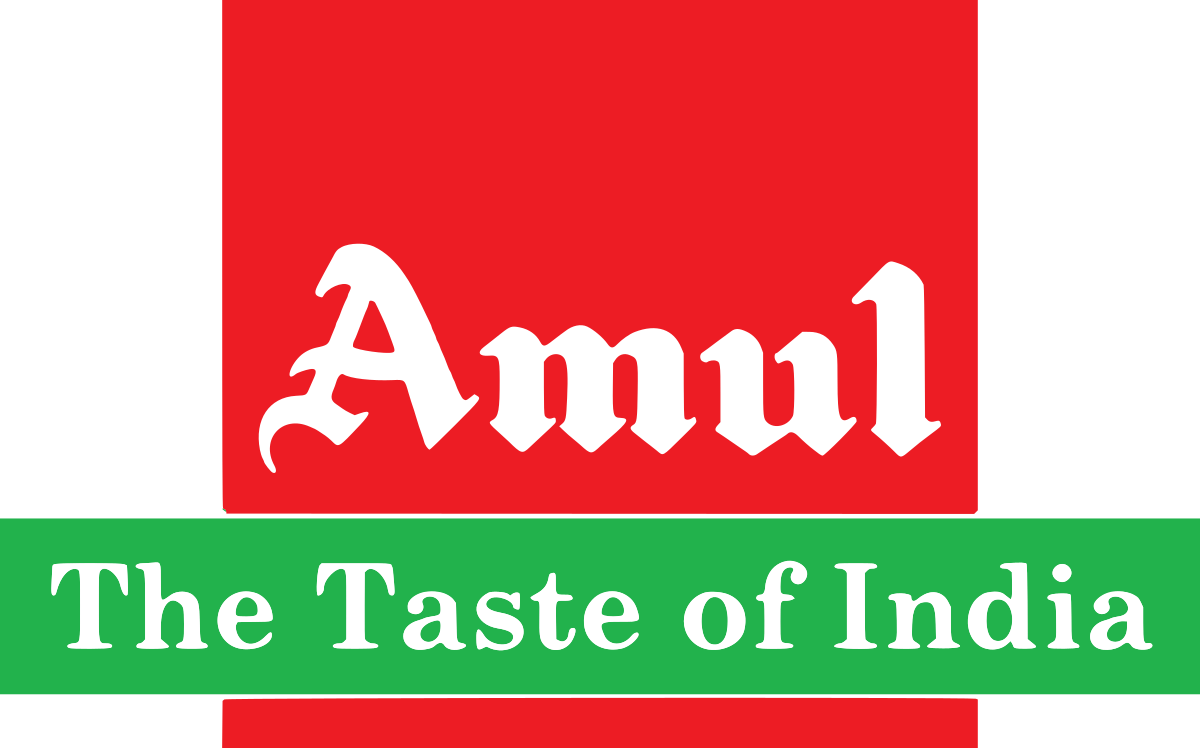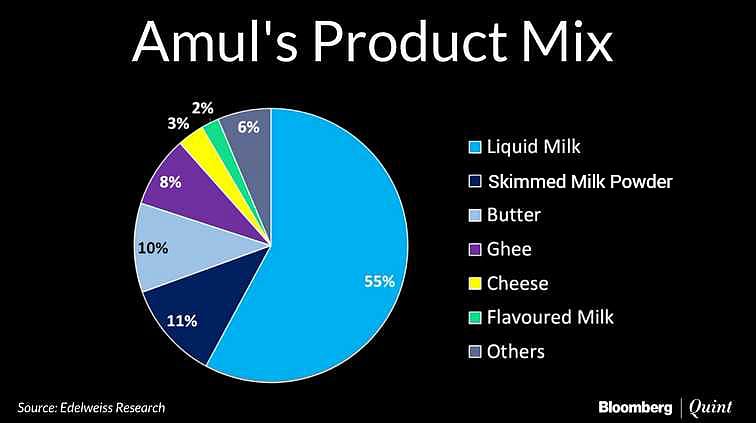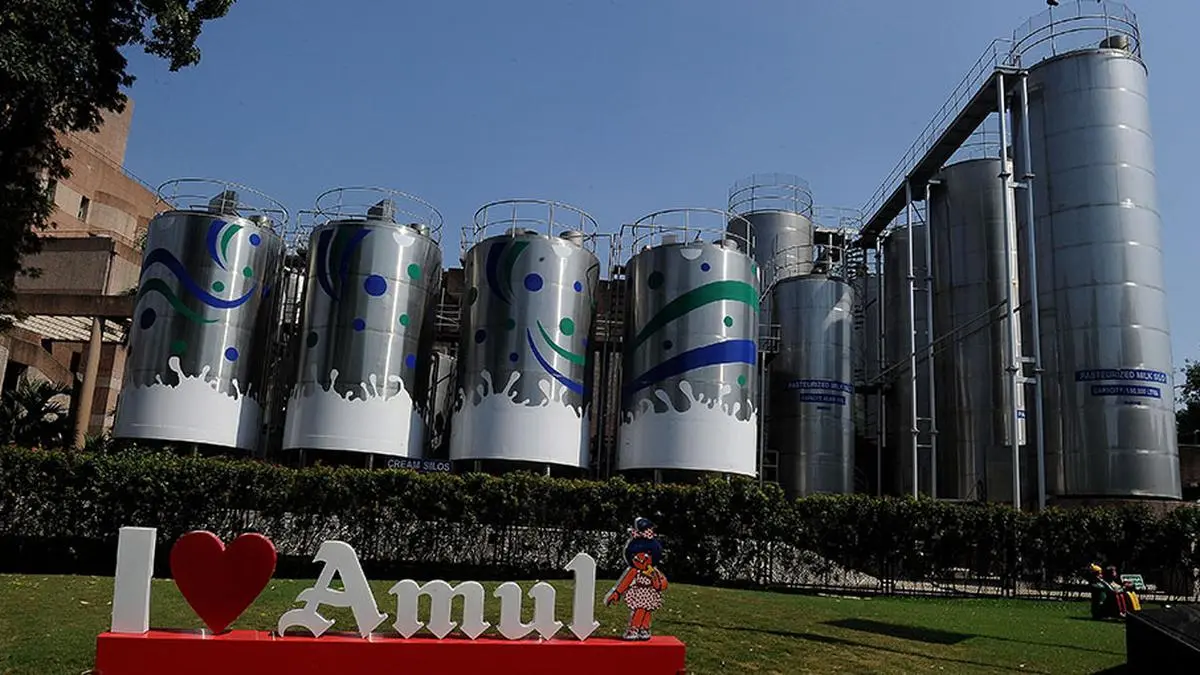
Unveiling the Legacy of AMUL:
AMUL, an acronym for Anand Milk Union Limited, stands tall as a paradigm of cooperative success and innovation. Founded in 1946 in Anand, Gujarat, India, AMUL's story is intertwined with the vision of Dr. Verghese Kurien, the architect of India's White Revolution. It emerged as a response to the exploitation faced by farmers due to the monopolistic practices of colonial-era milk agents. The cooperative model empowered local farmers, enabling them to collectively process and distribute milk and dairy products.
The Role and Importance of AMUL in the Dairy Industry:
AMUL's cooperative structure was a game-changer, ensuring fair pricing for farmers and quality products for consumers. This approach propelled AMUL to become one of the world's largest producers of milk and milk-based products. The Amul brand is not merely a business; it's a movement that has transformed the lives of countless farmers and their families. The cooperative's emphasis on cost efficiency, quality control, and brand building has set benchmarks for the dairy industry.

Decoding AMUL's Business Model:
At the heart of AMUL's success lies a business model that prioritizes the interests of farmers and consumers alike. The cooperative collects milk from local farmers, processes it in state-of-the-art facilities, and delivers a wide array of dairy products. This model fosters inclusive growth by giving small farmers access to a larger market. AMUL's cooperative structure ensures that the majority of profits are returned to the farmers, thus boosting rural economies.
A Glance at AMUL's Historic Journey:
AMUL's journey is a testament to persistence and visionary leadership. From its humble beginnings to becoming a household name, AMUL's impact on India's dairy landscape is unparalleled. Dr. Verghese Kurien's dedication to empowering farmers and creating a self-sustaining ecosystem led to innovations like the milk cooperative society, which remains a cornerstone of AMUL's success.

Thriving in the Present: Market Stats and Strategy:
As of 2023, AMUL continues to thrive with a multifaceted approach to marketing and business strategy. The cooperative has a profound understanding of its target audience, which includes people from all walks of life. By offering a diverse range of products, including milk, butter, cheese, and ice cream, AMUL ensures its presence in almost every Indian household. The cooperative's witty and impactful advertisements further enhance its brand recall value.
The Essence of AMUL's Marketing Strategy:
AMUL's marketing strategy is characterized by its relatability and timely relevance. The iconic Amul girl, featured in topical ads, offers a fresh take on current events and trends. This approach not only captures the public's attention but also positions AMUL as a brand that evolves with the times while staying rooted in tradition. The consistency and creativity of AMUL's marketing campaigns have contributed significantly to its enduring popularity.

Pioneering Change and Innovation:
AMUL's journey is a remarkable example of how cooperative efforts can drive change. By nurturing talent and fostering innovation, AMUL introduced various products that cater to changing consumer preferences. From introducing flavored milk to launching probiotic ice creams, AMUL remains at the forefront of innovation, consistently adapting to the dynamic market landscape.
The Future of AMUL: Sustaining Excellence:
Looking ahead, AMUL is poised for further growth and impact. The cooperative's commitment to sustainable practices, technological advancements, and community well-being underscores its enduring legacy. As the dairy industry evolves, AMUL's ability to embrace change while upholding its core values will continue to set it apart.

A SWOT Analysis of AMUL:
Strengths:
Weaknesses:
Opportunities:
Threats:

In Conclusion:
AMUL's journey from a small cooperative in Anand to a global dairy powerhouse is a testament to the power of collective effort and visionary leadership. The cooperative model, rooted in fairness and inclusivity, has not only transformed the dairy industry but also the lives of countless farmers. As AMUL continues to adapt and innovate, its legacy of excellence and impact will undoubtedly endure.
Credits:
Writer - Deepak Yadav
Date - 26 August 2023
In Association With Angelic Valley
